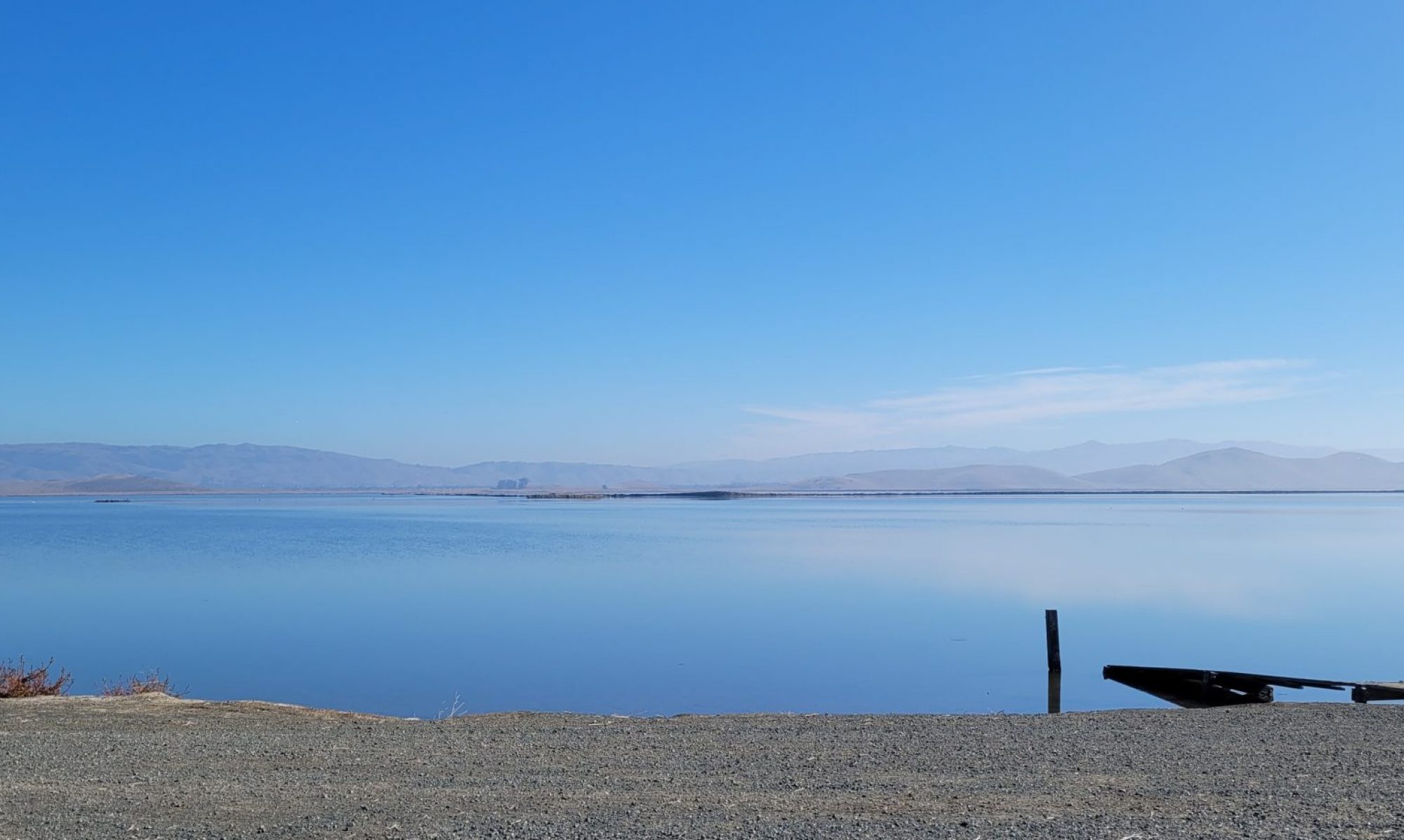
1295, National Museum of Taipei
Oh, East is East and West is West, and never the twain shall meet…
Rudyard Kipling
East is a matter of perspective. East is a direction on a two-dimensional map, assuming north is up. To San Francisco, China is to the west and New York is to the east. For New Yorkers, San Francisco is west and China is east. But directions are also concepts, so San Francisco is the Wild West and China is the Far East. China is never the Far West, even though its longitude is exactly opposite that of New York.
Merchants on the Silk Road, from the Mediterranean to the Pacific, met their trading partners among dozens of rendezvous cities along the route. At any point, east and west perspectives might have shifted. Constantinople was to the west of India and China. The Yangtze delta, home of the silkworm industry, was east of Xi’an, capital city of the Tang dynasty during the Early Middle Ages, a heyday for the travelers.
But the “East” is itself an idea to European (and American) scholars that has become linked with views about parts of Asia. It can be hard to separate the simple idea of a compass direction across that vast continent from ideas attached to the cultures on the continent. There have been assumptions made and conclusions drawn that reflect biases we might not even notice unless we think about it.



